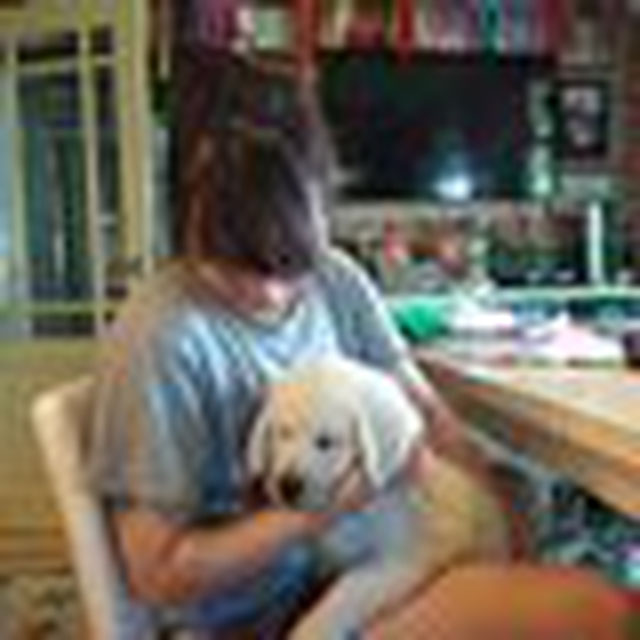More details of the baseline ¶
By: haibo.nick.jin on Dec. 12, 2021, 12:53 a.m.
Hi,
I think the provided baseline model is actually quite good, and I'm curious about how you trained it. Is it possible that you can give more training details of the baseline model? Thank you.

